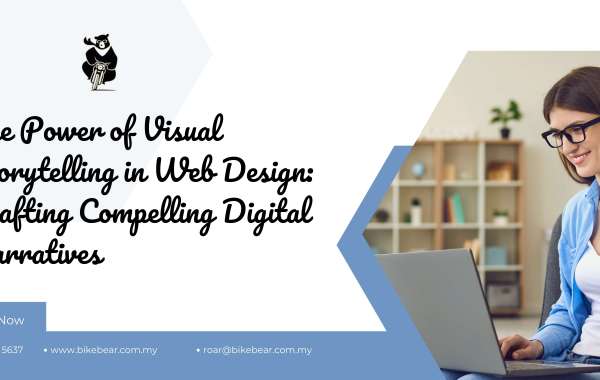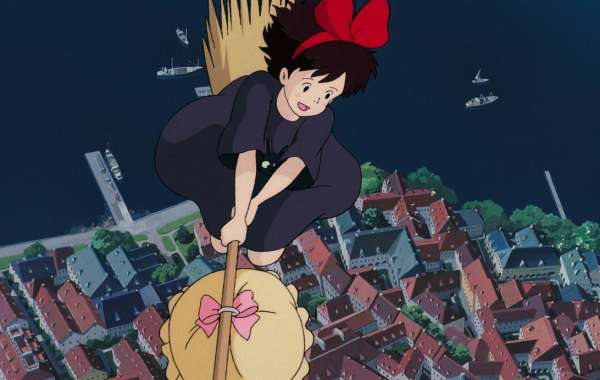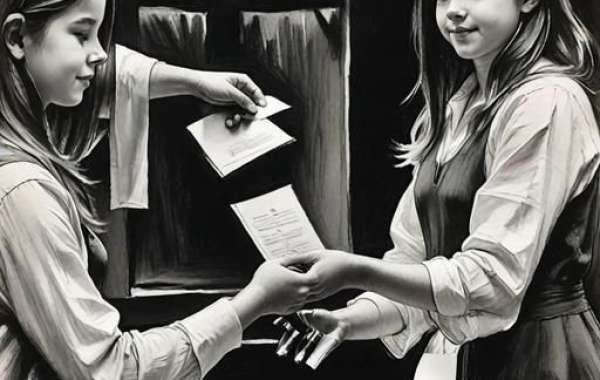In the realm of web design, where attention spans are short and competition is fierce, the ability to captivate and engage users is paramount. In this digital age, where information overload is the norm, visual storytelling has emerged as a powerful tool for designers to communicate messages, evoke emotions, and leave a lasting impression on visitors. From vibrant imagery to interactive graphics, the fusion of visuals and narrative creates a seamless user experience that transcends the boundaries of traditional design. Let's delve into the profound impact of visual storytelling in web design and how it shapes the digital landscape.
Evoking Emotions and Building Connections
At its core, storytelling is about human connection. It taps into our emotions, experiences, and aspirations, fostering a sense of empathy and understanding. In web design, visuals serve as the storyteller, weaving a narrative that resonates with users on a deeper level. Whether through striking photographs, evocative illustrations, or immersive videos, designers have the power to evoke emotions, provoke thought, and inspire action. By creating a cohesive visual language that aligns with the brand's message and values, websites can forge meaningful connections with their audience, fostering trust and loyalty.
Enhancing User Experience with Visual Hierarchy
Visual storytelling goes beyond mere aesthetics; it plays a crucial role in guiding users through the digital journey. Through the strategic use of visual hierarchy, designers can direct attention, prioritize content, and streamline navigation, ensuring a seamless user experience. By employing techniques such as contrasting colors, varying font sizes, and strategic placement of images, websites can guide users through the narrative, leading them from point to point with ease and clarity. Whether telling the story of a brand's origin, showcasing product features, or guiding users through a tutorial, visual storytelling enhances usability and keeps visitors engaged from start to finish.
Creating Memorable Brand Experiences
In today's crowded digital landscape, brands must stand out to capture the hearts and minds of consumers. Visual storytelling offers a unique opportunity for brands to differentiate themselves and carve out a distinct identity. By leveraging compelling visuals, brands can convey their personality, values, and mission in a memorable and impactful way. Whether through a dynamic logo animation, an immersive multimedia experience, or a visually stunning campaign microsite, brands can leave a lasting impression that resonates long after the initial interaction. By infusing storytelling into every aspect of the design, brands can create cohesive and immersive brand experiences that leave a lasting impression on users.
Engaging Audiences with Interactive Narratives
One of the most powerful aspects of visual storytelling in web design is its ability to engage audiences through interactivity. By incorporating interactive elements such as parallax scrolling, animated transitions, and multimedia overlays, designers can invite users to become active participants in the narrative. Whether through a choose-your-own-adventure-style website, a virtual tour of a product showroom, or an interactive infographic, interactive storytelling encourages exploration, discovery, and engagement. By allowing users to interact with content in meaningful ways, websites can create memorable and immersive experiences that keep visitors coming back for more.
Adapting to Mobile and Beyond
In an increasingly mobile-first world, visual storytelling must adapt to the unique constraints and opportunities of smaller screens and touch interfaces. Responsive design techniques such as fluid layouts, scalable images, and touch-friendly interactions enable designers to create immersive experiences that seamlessly transition across devices. From captivating mobile-friendly animations to thumb-friendly navigation patterns, mobile visual storytelling prioritizes simplicity, clarity, and engagement. By embracing the principles of mobile-first design, websites can deliver compelling visual narratives that captivate users regardless of the device they're using.
Conclusion
In the ever-evolving landscape of web design, visual storytelling has emerged as a powerful tool for capturing attention, fostering connections, and creating memorable brand experiences. By harnessing the emotive power of visuals, designers can engage users on a deeper level, guiding them through immersive narratives that resonate long after the screen fades to black. From evoking emotions and enhancing user experience to creating memorable brand experiences and embracing interactivity, visual storytelling transcends the boundaries of traditional design, shaping the digital landscape for years to come. As we continue to push the boundaries of creativity and innovation, one thing remains clear: the power of visual storytelling in web design is here to stay.








